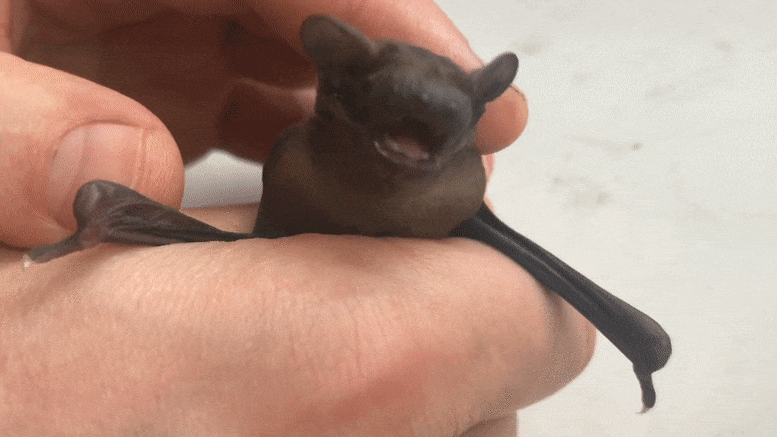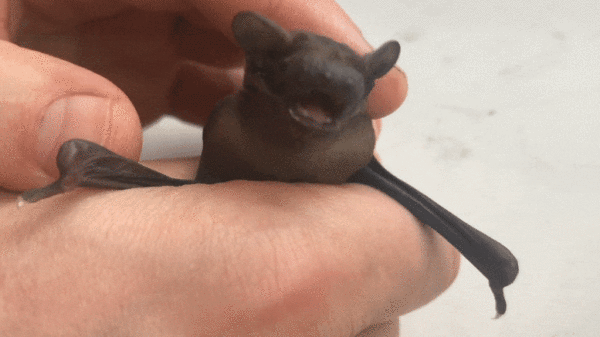
International taskforce announced to look into origins of SARS-CoV-2, which sparked COVID-19 pandemic nearly one year ago. Named to taskforce is scientific director of Duke-NUS’ ABSL3 facility, which provided early advantage to Singapore by quickly isolating, characterizing SARS-CoV-2, enabling swift development of diagnostic tests, evaluation of potential treatments.
Nearly a year since the world first learned of the novel coronavirus disease 2019, COVID-19, many questions remain about SARS-CoV-2, the virus behind this pandemic: Where did it come from, how did it spread so widely and rapidly, and how can we stop similar outbreaks in the future?
Recently, EcoHealth Alliance, a global nonprofit working at the intersection of animal, environmental and human health, announced the establishment of an international task force to investigate these questions as part of The Lancet COVID-19 Commission. Dr. Danielle Anderson, scientific director of Duke-NUS Medical School’s Animal Biosafety Level 3 (ABSL3) research facility in Singapore, is among the taskforce’s 12 members, who hail from a diverse set of scientific disciplines and backgrounds, with expertise in One Health, outbreak investigation, virology, lab biosecurity, and disease ecology.
“This is an important investigation not only to understand the origin of the COVID-19 pandemic, but to ensure history does not repeat,” said Dr. Anderson, who is also an assistant professor in Duke-NUS’ Emerging Infectious Diseases Programme. “As a virologist who has worked in high-biosecurity containment labs worldwide, I look forward to bringing my experience and expertise to bear in the search for answers.”
The Duke-NUS ABSL3 facility and its expert scientific staff have been central in the response to COVID-19 in Singapore. In fact, Dr. Anderson played a key role in the early isolation of the virus (making Singapore the third country in the world to do so) and subsequent work to develop a serological test that can specifically detect antibodies able to neutralize the SARS-CoV-2 virus.
“Understanding the origins of the coronavirus pandemic is critical for developing preventive measures for the future,” said Professor Thomas Coffman, dean of Duke-NUS Medical School. “We are pleased that Dr. Anderson will be representing Duke-NUS and Singapore on this taskforce, and we are fully committed to supporting its important work.”
The task force is led by Dr. Peter Daszak, president of EcoHealth Alliance, and chaired by Dr. Jeffrey D. Sachs, professor and director of the Center for Sustainable Development at Columbia University.
“We intend to conduct a thorough and rigorous investigation into the origins and early spread of SARS-CoV-2,” said Dr. Daszak, a disease ecologist who has spent years studying coronavirus transmission in China and Southeast Asia. “Our group will use the findings to formulate One Health solutions for managing future zoonotic disease risk.”
In its investigation, the task force will recreate a complete timeline of the outbreak of COVID-19, starting from the discovery of RaTG13—the closest known viral relative of SARS-CoV-2—in 2013 and up to the WHO’s declaration of COVID-19 as a Public Health Emergency of International Concern on January 30, 2020. They will analyze the available evidence for each of the hypotheses put forward on the origins of COVID-19, and compare its early spread and outbreak control to previous outbreaks to identify strategies that might assist future pandemic prevention.
“There is a great deal of interest in understanding how COVID-19 emerged and spread, but there is a deeper reason for this taskforce’s work,” Dr. Sachs, The Lancet COVID-19 Commission chair, said. “If we can understand why this pandemic began, we can design solutions to prevent the next one.”
More information on The Lancet COVID-19 Commission and this taskforce can be found at covid19commission.org/origins-of-the-pandemic.

Leave a Reply
You must be logged in to post a comment.